While the Swachh Bharat Mission and Jal Jeevan Mission initiatives have greatly enhanced rural life, with functional household tap connections installed, they have also led to a new challenge, that of a significant increase in grey water generation. Little is known about what happens to the large amount of generated grey water and about its usefulness for recharge or irrigation. Thus, exploring the potential for groundwater recharge and irrigation is crucial. Uzra Sultana and Pavanesh Dwivedi explain
Rural India’s water and sanitation have changed significantly over the past decade. The Swachh Bharat Mission Gramin (SBM-G), launched in 2014, significantly improved sanitation by making toilets accessible in rural areas. In 2019, the Government of India introduced the Jal Jeevan Mission with the ambitious goal of providing every rural household with at least 55 litres per capita per day (LPCD) of water through functional household tap connections. In 2020, SBM Phase 2 was launched to continue with the progress made in Phase 1. The new phase introduced several components, including Gobardhan (biogas generation from waste), Solid and Liquid Waste Management, and decentralised operation and maintenance of community sanitation assets. While these initiatives have greatly enhanced rural life, they have also led to a new challenge, that of a significant increase in grey water generation. Little is known about what happens to this large amount of generated grey water and about its usefulness for recharge or irrigation.
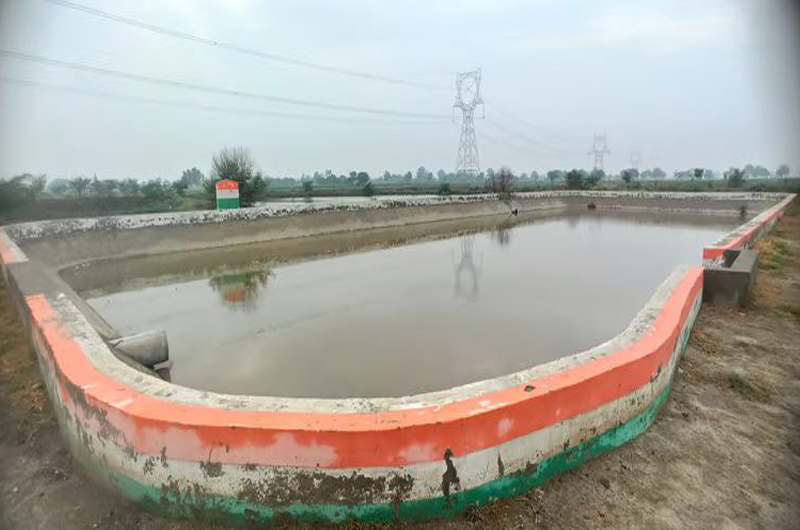
Arghyam conducted a field visit across eight villages in Punjab and Haryana with a large rural population practicing agriculture, to unravel the complexities of this emerging issue and explore potential solutions. These states provide a clear view of the opportunities and challenges associated with increased grey water production in rural India.
Substantial grey water is generated, but a limited amount gets treated
In Punjab, with over 13,000 villages, approximately 79 million litres of grey water is generated daily, based on an average water supply exceeding 70 LPCD. As per SBM Grameen 2.0 dashboard, despite this large volume, only 75 per cent of villages have liquid waste management arrangements. Haryana faces a similar situation, with about 68 million litres of grey water generated daily across its 7,356 villages, but only 65 per cent having liquid waste management systems. In many villages, actual water consumption is closer to 150 LPCD, suggesting that grey water generation might be nearly double these initial estimates.
Grey water management under SBM Grameen Phase 2 encounters a number of challenges. While a large amount of grey water is generated, the introduction of SBM Phase 2 has created significant implementation challenges due to:
- Overburdened staff and poor coordination among departments: Block-level authorities are responsible for construction oversight, maintaining management information systems, disbursing subsidies, and managing information, education and communication. This complexity has led to administrative issues, with state departments often struggling to take on responsibility. In Punjab, the technical expertise for grey water management is provided by the Department of Water Supply and Sanitation, while the infrastructure is established by the MGNREGA team under the Department of Rural Development & Panchayat. This division of responsibilities results in communication gaps and coordination challenges, hindering effective grey water management.
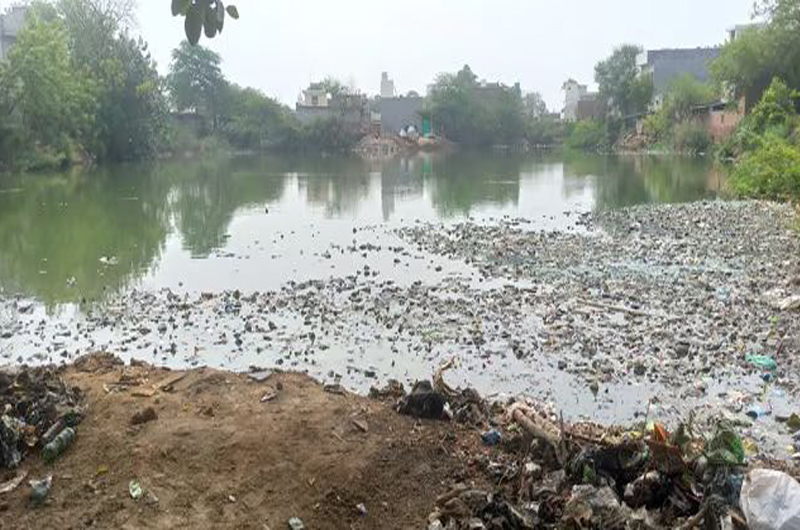
- A funding model that falls short of meeting the needs of smaller communities: The funding model for grey water management is complex. SBM-G Phase 2 programme provides significant funding for solid and liquid waste management. The model is population-based, and villages with over 5,000 residents receive Rs 660 per capita, while those under 5,000 get Rs 280 per capita. While this tiered approach aims to balance economies of scale in larger villages, it often falls short of meeting the needs of smaller communities.
Samna Bahu Village, with a population of more than 5000 in Karnal District, Haryana, has a cost of approximately Rs 87 lakhs for a three-pond grey water treatment system, including a three-year maintenance contract. The amount is higher than the funding that the village receives based on its population. Similarly, in smaller villages, centralised systems costing around Rs 30 lakh are difficult to justify within the current funding framework. This suggests that more detailed planning is needed to align funding with actual costs.
The population-based funding model also leaves smaller villages struggling to implement decentralised systems due to insufficient funds. Khajuri Village in Yamunanagar District, with a population of just 1,405, receives limited funding, making it challenging to plan and implement grey water management systems. Consequently, the village is given less priority, thereby sidelining it from major interventions. This highlights a significant gap between the funding model and the intent of implementing grey water management in smaller communities. The requirement for gram panchayats to maintain an escrow account and deposit 30 per cent of the required funds before accessing scheme funds further complicates the process. Although this requirement aims to ensure local commitment, it often becomes a bottleneck for resource-constrained villages.
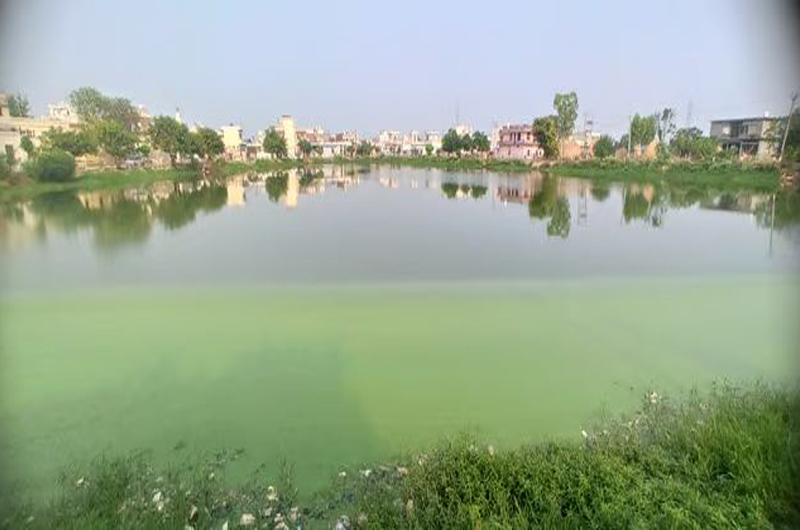
Promising opportunities exist for agricultural reuse with solutions to enhance safety
Despite these challenges, the visits uncover promising opportunities, particularly in the agricultural reuse of treated grey water. Farmers in several villages report positive outcomes from using treated grey water for irrigation, including increased crop yields and reduced fertiliser use. “I have experienced a 30 per cent increase in crop yield and a 40 per cent reduction in fertiliser use after adopting treated grey water,” says a farmer in Samna Bahu village, Haryana.
These findings highlight the potential of grey water reuse to address water scarcity, enhance agricultural productivity, and reduce input costs. However, several issues need to be addressed to fully realise this potential. Regular testing of treated grey water is crucial to ensure safety and build farmer confidence. Many villages lack systematic testing, leaving farmers uncertain about water quality and its impact on crops and soil health. Meeting water quality standards set by the Central Pollution Control Board and implementing water quality testing by equipping local community institutions like village water and sanitation committees with testing kits could address the critical gap. Such measures would help increase the adoption of grey water reuse in agriculture.
Effective grey water management also has broader socio-economic impacts. In Bhucho Khurd Village, Punjab, improper wastewater management leads to the closure of a government school for up to 40 days each year during the monsoon season, disrupting children’s education. In other villages, residents report health issues related to untreated wastewater, resulting in increased healthcare costs for rural families.
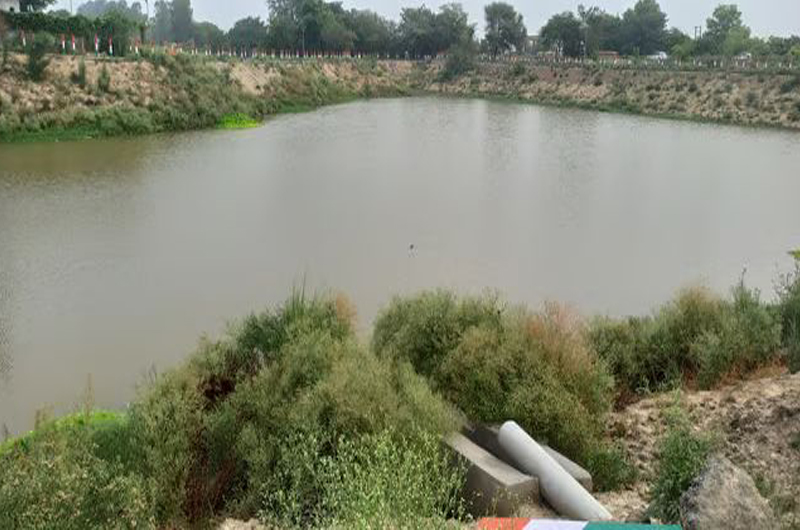
Future directions to address the challenges
To optimise the grey water value chain at the village level, a multifaceted strategy is necessary. This involves streamlining policy implementation, refining funding mechanisms and strengthening community engagement.
1. Encouraging use of treated grey water for agricultural reuse:Enhancing agricultural practices through treated grey water, involving farmers in the process, and promoting sustainable farming could reduce groundwater extraction and boost agricultural productivity. Collaborative studies, pilot projects, and comprehensive training programs for farmers could accelerate the adoption of these practices.
2. Strengthening community involvement through village water and sanitation committees: By empowering local bodies with knowledge, resources and decision-making authority, we can achieve more effective management of grey water treatment facilities and solid waste management at the village level. This approach leverages local expertise and encourages community-driven solutions.
3. Developing comprehensive water quality standards: Prioritise comprehensive water quality testing by village water and sanitation committee members on a regular basis to ensure grey water safety, protect public health, and inform farmers about quality standards before irrigation.
4. Refining funding mechanisms: Developing alternative funding parameters beyond population size, such as considering existing infrastructure or water scarcity levels, could lead to a more equitable distribution of resources. This approach would benefit smaller villages that currently struggle to access adequate funds for grey water management.
Note
Uzra Sultana is the manager of Programmes at Arghyam, working since 2014. Her expertise spans both rural and urban WASH initiatives. She is currently focused on scaling source sustainability of large programmes like Jal Jeevan Mission and investigating the reuse potential of treated grey water to recharge groundwater and irrigation.
Pavanesh Dwivedi is a Master’s candidate in Public Policy at the Indian Institute of Technology, Delhi. With a background in engineering and previous experience in the automobile sector, Pavanesh has developed a keen interest in sustainability, particularly in natural resource management and renewable energy. Currently, he is working as a research intern with Arghyam.
Disclaimer: This article includes firsthand experiences of the authors while conducting field visits in rural villages of Punjab and Haryana, which cannot be generalised to represent the situation in rural areas in other parts of the country.
(Courtesy: India Water Portal/ indiawaterportal.org. This article was edited by Aarti Kelkar Khambete for IWP.)


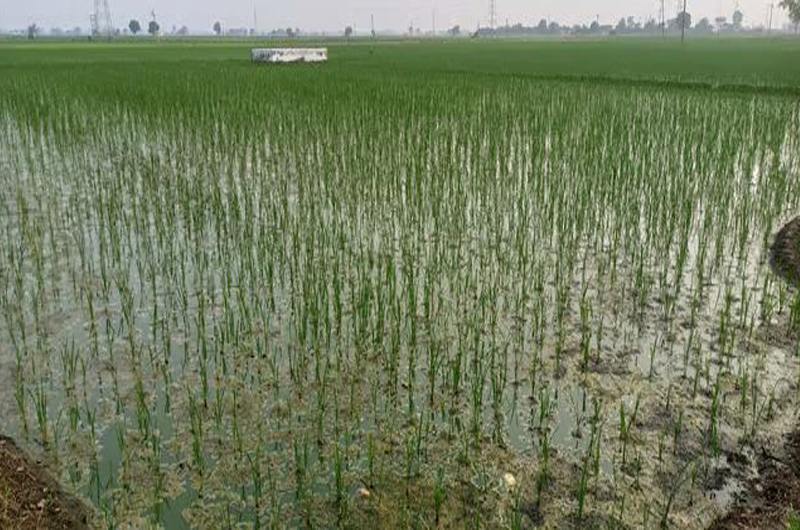
 from Webdoux
from Webdoux